ladshead
TPF Noob!
- Joined
- Feb 27, 2009
- Messages
- 6
- Reaction score
- 0
- Can others edit my Photos
- Photos NOT OK to edit
I have recently purchased the new Canon EOS 7D, as I attempt to teach myself the basics of metering a scene correctly.
To do so I have often heard that you need to know the exposure range of your camera.
Is there a practical method, procedure or excercise that I can do to determine the exposure range of my camera?
To do so I have often heard that you need to know the exposure range of your camera.
Is there a practical method, procedure or excercise that I can do to determine the exposure range of my camera?


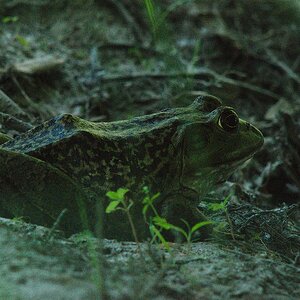
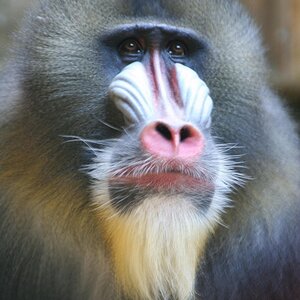
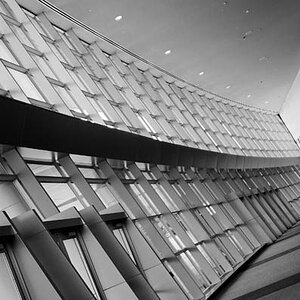
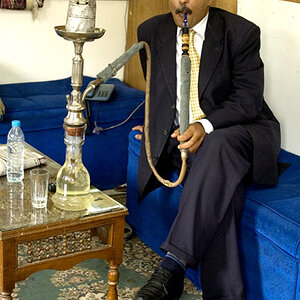
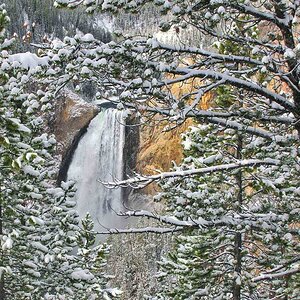
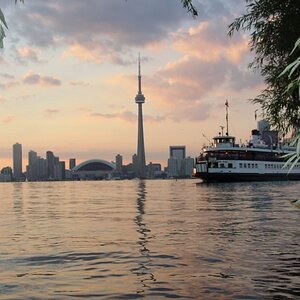
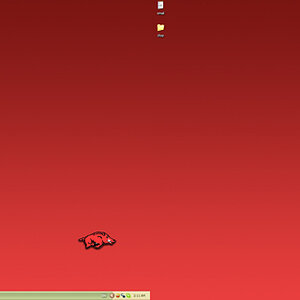

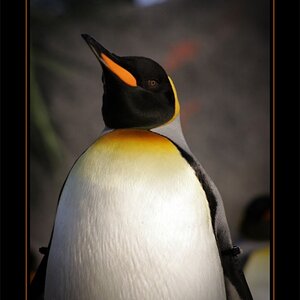
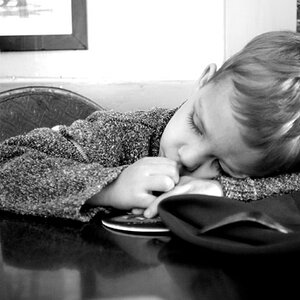
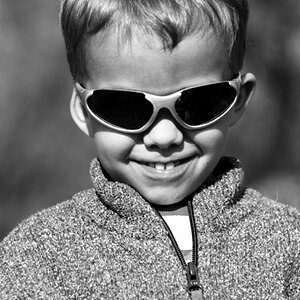
![[No title]](/data/xfmg/thumbnail/35/35224-c14babe4157e05767660f47e7de82aef.jpg?1619736959)